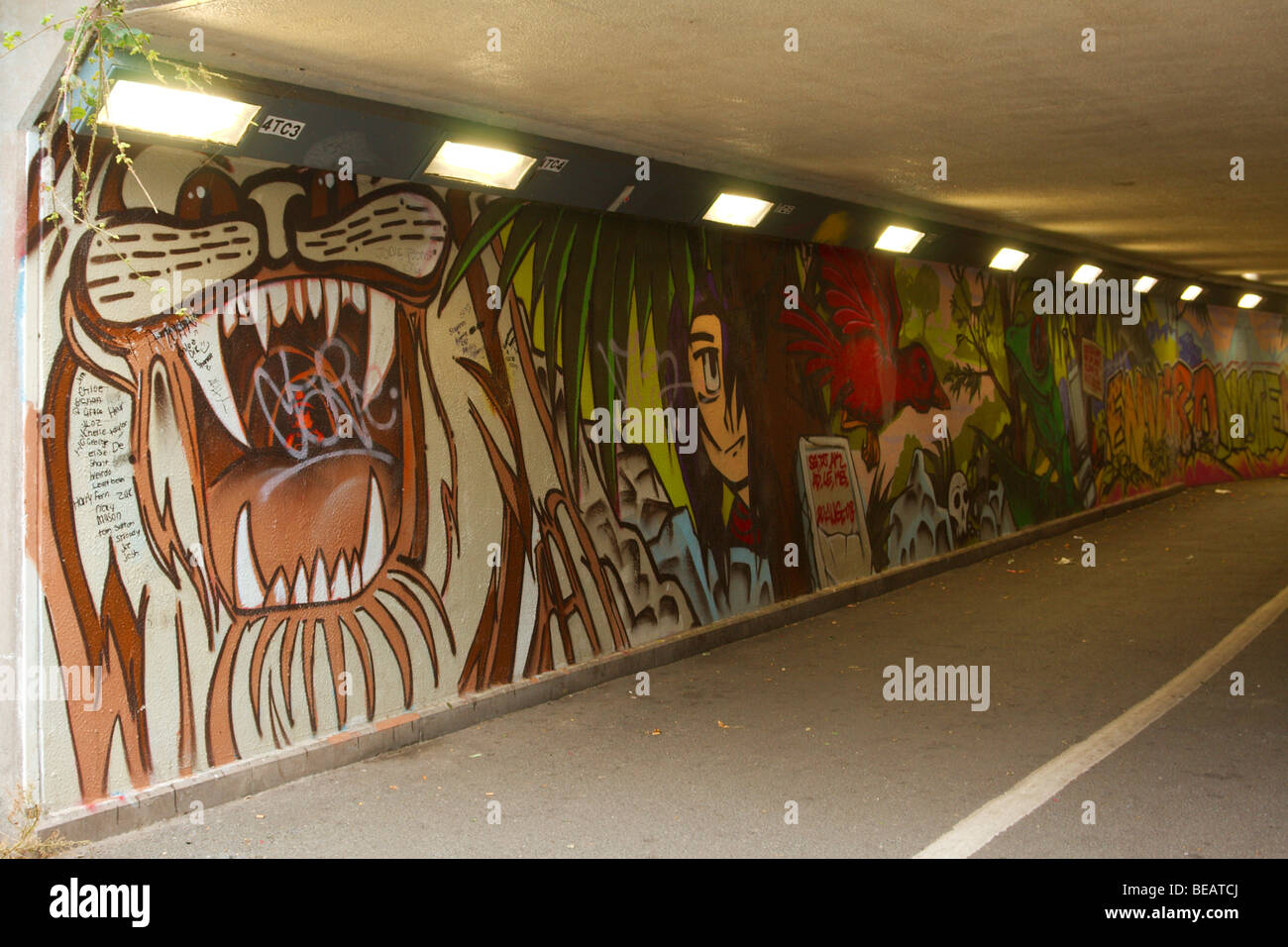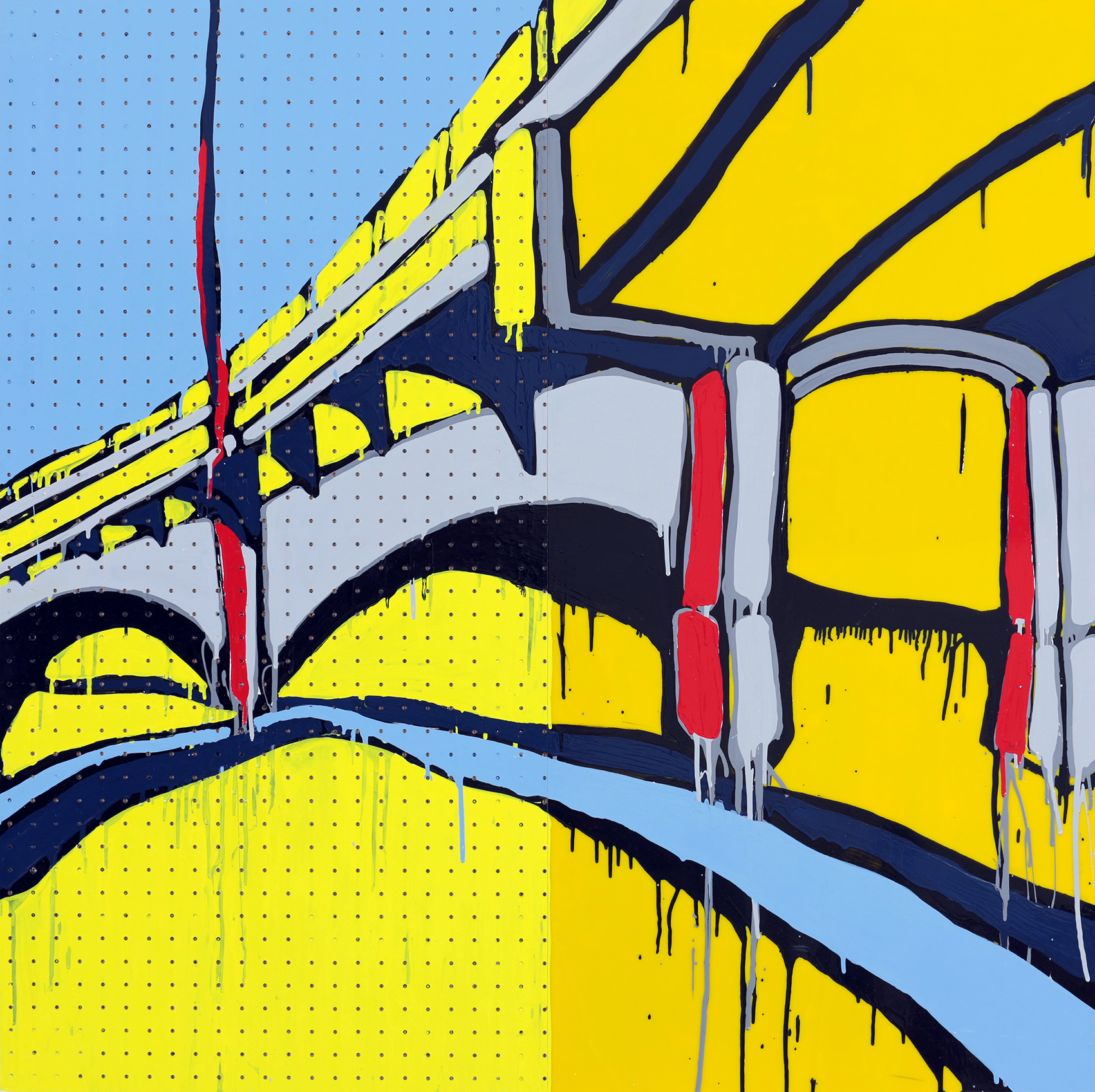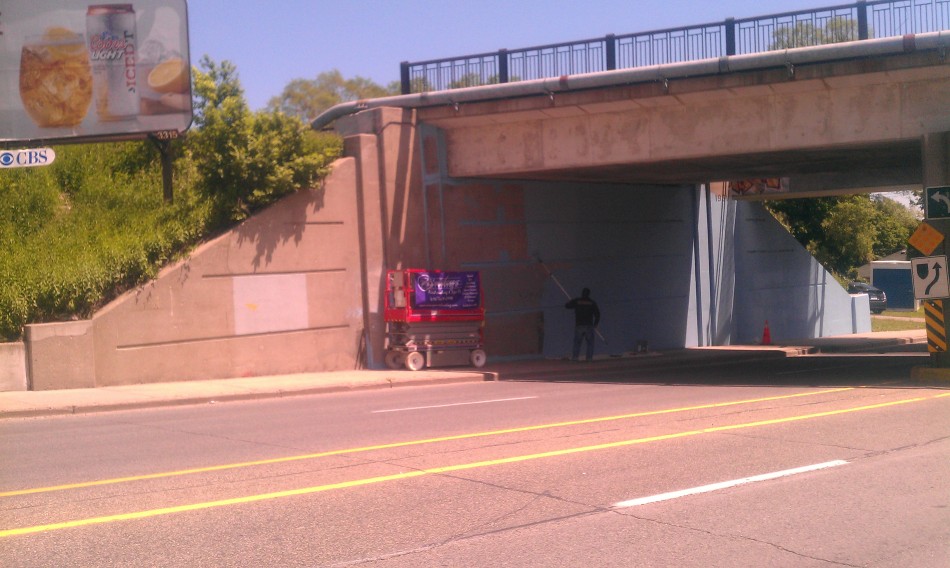

The appeal of public art, Gwin said, is that it’s right there, no need to travel or pay money to go see it. A lawsuit against VLGS is now in federal appeals court.īut there are other examples, including a George Lawrence painting of South Royalton village, a gift from resident Tom Powers, that hangs in the co-op market. Perhaps the best known work, Sam Kerson’s murals at what’s now known as Vermont Law and Graduate School, are now covered by acoustic panels.

Royalton has a peculiar history with public art. Gwin went to Goddard College in Plainfield, Vt., which focuses heavily on the arts and humanities, and Danly went to the School of the Museum of Fine Arts in Boston before attending Vermont Law School. Gwin and Danly both have art in their backgrounds. Gwin noted that the location called for art with “a little more edge or grit to it.” Runde and Barry also installed an excellent public art display in Bethel that’s still on view. “That’s going to be a brutal place for any design,” she said.Ī railroad underpass, which is modern by definition, also strikes me as an odd place to put figurative art. The winning design is higher off the ground, making it less likely to be damaged, and is made of metal panels that can be removed if the underpass needs work or the panels need to be replaced, Gwin said.

While there was more public support for Runde and Barry’s plan, the committee working on the art project chose the other finalist for a variety of reasons. That process turned up two finalists, a nature- and history-themed design from Katie Runde and Kevin Barry and a more conceptual work representing the White River, which runs through town, and the seasons by the Billings, Lovett, Wasserman team. The grant enabled them to seek proposals from artists and ask for public feedback. “I think they saw before us what a humongous project it would be to tackle that space,” Gwin said. They were turned down but received a planning grant the following year. In 2018, Gwin and Sarah Danly, a Vermont Law School graduate who settled in town, applied for a grant from the Vermont Arts Council that would have covered both the planning and the implementation of the project. What ensued from that choice is an encapsulation both of what it takes to get a piece of public art installed, and of the conflict between public and private investment. The public art planners focused on the underpass because, as Gwin said, it’s “right in the center of our town and a dreadful eyesore.” I’m sure she couldn’t help it - being from Greenwich, Conn., she must have been confused by an ordinary working-class neighborhood - though her editor probably could have. A reporter for the Burlington alt-weekly Seven Days once described the underpass and surrounding area as a “slice of Deliverance landscape” in a 2012 review of the nearby Worthy Burger, referencing the 1972 film in which backwoods locals in Georgia savagely attack four men on a canoe trip. When you walk through it with a small child, hoots will echo pleasingly off the concrete walls. It’s just another crumbling piece of privately owned American infrastructure. In the nearly 21 years I’ve lived near the underpass, I never gave it much thought.

At only 12 feet, 1 inch tall, it’s not even all that convenient if, for example, you’d like to have a new refrigerator delivered and the big box store has only a big box truck to deliver it with. With funding in place, Passage, an art installation by Elizabeth Billings, Andy Wasserman and Evie Lovett, would be installed this fall.īefore I go any further, I have to acknowledge that this underpass is the only convenient route to my house. They’re halfway to their goal with about four weeks to go. They are now in the homestretch, needing to raise $8,000 to unlock a state matching grant that will triple that sum. Since 2018, Gwin and others have been applying for grants and negotiating with the railroad company that owns the Safford Street underpass. “Literally all of us were like, ‘How about that underpass out there?’ ” Nell Gwin, who has helped spearhead the public art campaign, said this week. Perhaps because of the library’s location, on Safford Street, talk turned to the nearest piece of neglected infrastructure. The brainstorming session looked at ways towns around Vermont have incorporated art into everyday infrastructure, such as painted municipal garbage cans or park benches and murals on downtown buildings. A few years ago, a group of people gathered at Royalton Memorial Library to talk about bringing public art to South Royalton.


 0 kommentar(er)
0 kommentar(er)
